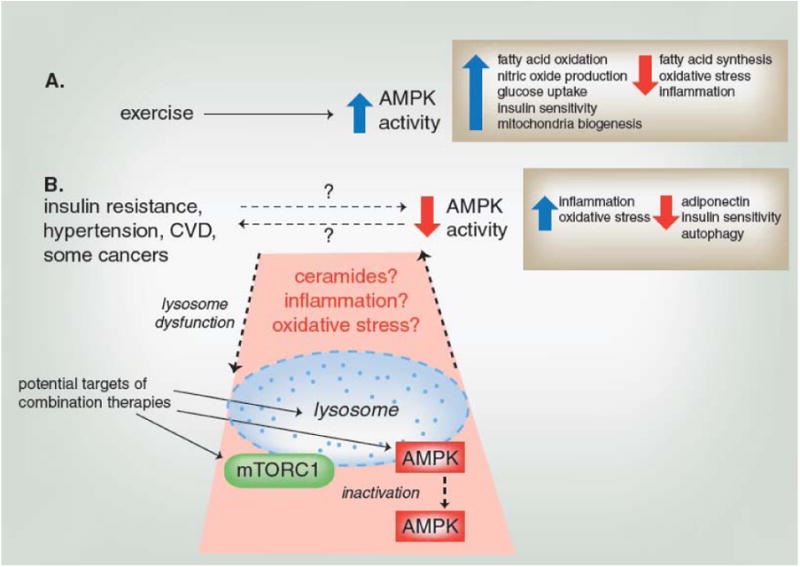Figure 6. Linking AMPK with exercise and metabolic disease.

(A) Exercise has been shown to increase AMPK activity in several tissues, which can alter a number of processes (examples shown in box) to promote systemic health. (B) Metabolic diseases have been associated with decreased AMPK activity and other cellular stress indicators such as inflammation and oxidative stress (examples shown in box). While it is not clear whether decreased AMPK activity is a cause or result of metabolic disease, evaluation of disease-induced changes in the lysosome, a site of AMPK activation, may help clarify the role of AMPK. Lysosome dysfunction, such as that resulting from a change in membrane permeability or pH, may impair AMPK activation or disrupt its relationship with mTORC1 through accumulation of ceramides, inflammation or oxidative stress. The shaded area indicates those relationships that are not well-established and require further inquiry, but that may lead to new AMPK-based combination therapies for metabolic diseases.
